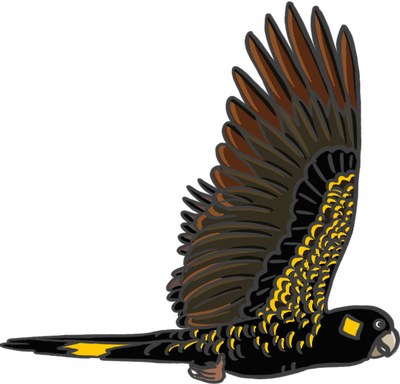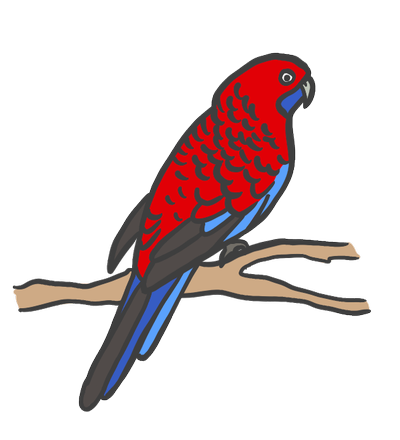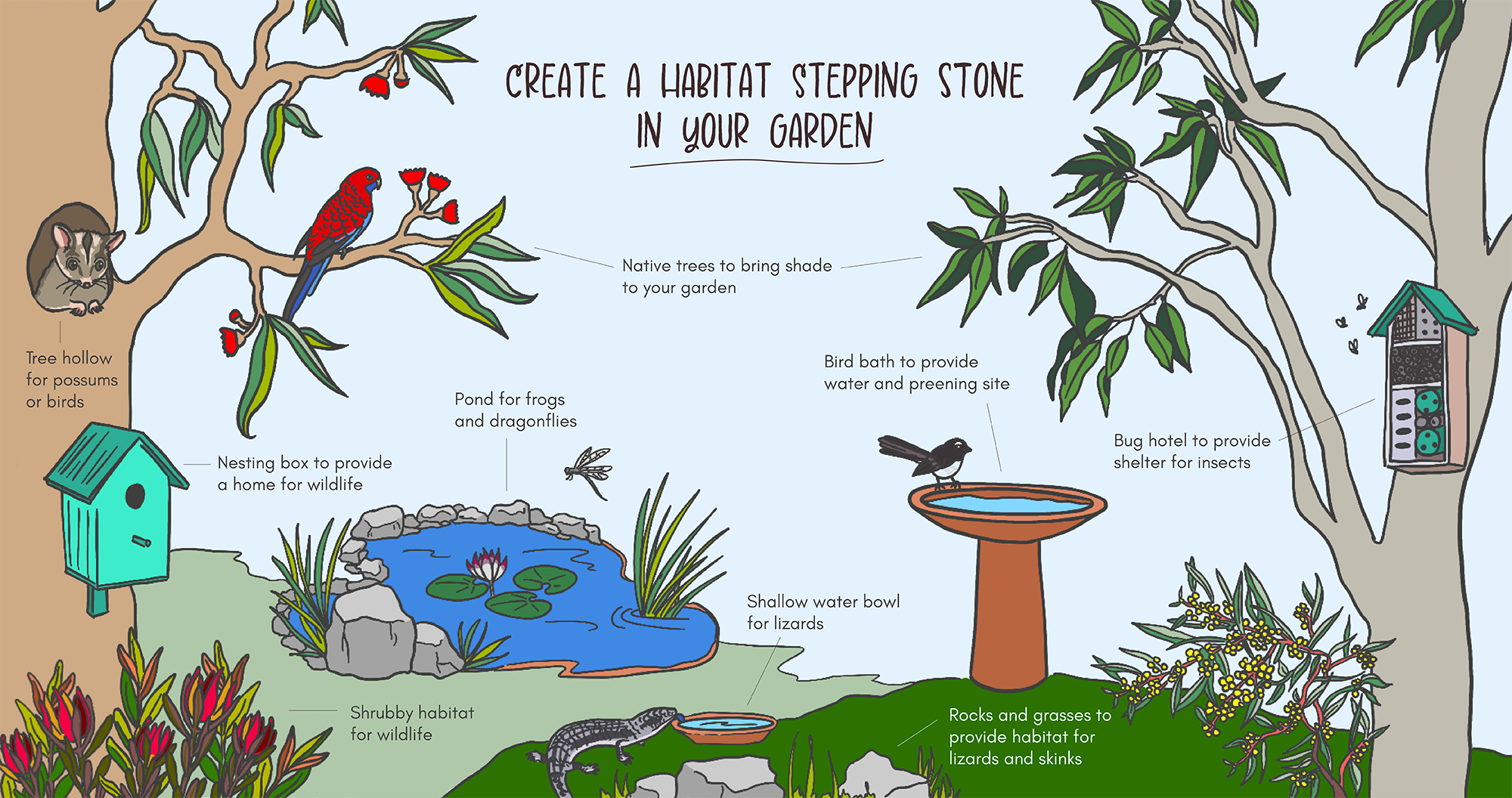Planting at home to celebrate National Tree Day is a great way for those unable to attend a larger community planting to get involved. However, you don't need to wait until National Tree Day - start creating your own native garden oasis today!
Whilst protecting and revegetating large patches of native habitat is vital, there's also lots of smaller actions we can take in our own backyards (or balconies) to ensure our wonderful plants and native wildlife are supported and can be enjoyed within our urban areas and beyond for generations to come.

The benefits of creating native habitat at home
We spend most of our time in urban areas, so it's important we create spaces where both ourselves and our wonderful native species can thrive.
The National Tree Day team are firm believers that nature is not just something we visit in national parks or when on holiday - we know there are incredible native birds, insects and many other animals that visit our suburbs every day, we just need to look for and nurture them.
Spending time in green spaces leads to better mental health and wellbeing, so it's no wonder we gravitate towards nature when we need a break. However, with some considered planting, there's no reason why your own backyard or balcony garden can't have a similar effect.
On top of the wellbeing boost, creating small patches of native habitat in our gardens and balconies means they can act as linkages or 'stepping stones' between other native habitats, both big and small. These smaller patches of habitat provide corridors that allow native wildlife to move throughout the landscape and access adequate food and shelter.
Below we provide some helpful tips to kickstart your home native planting. Your local council or local native nursery should have additional guidance and resources.
Our top tips for creating native habitat at home
Think local, choose indigenous plants whenever possible
These plants are native to your area and therefore adapted to the local conditions and climate, meaning the will need less maintenance and have higher rates of survival. Local species are also more appropriate food and shelter for native wildlife. The other good news is you won't need to compromise on the ornamental factor - there are many native species with stunning shapes and forms and vibrant, showy flowers. If you're unsure which plants are native to your area, or where to find them, your local council should be able to assist.
Think diversity, plant multiple growth forms
It is important to plant a variety of growth forms and plant types to build habitat complexity and support as many native animals as possible. Aim to create layers of plants by including trees, shrubs, grasses and groundcovers where possible. Whilst trees are important for providing shade and creating habitat such as nesting sites for birds, the lower layers are just as important and should not be neglected. A dense shrubby layer provides crucial habitat for smaller woodland birds and a well-developed ground layer provides habitat for smaller creatures such as lizards and skinks.
Think beyond the plants, provide water and additional shelter
Whilst planting a diversity of native plants is important for creating habitat and providing food for a wide range of native animals, there are additional steps you can take to maximise the environmental outcomes. You might like to add a water source, such as a bird bath or pond, provide some rocks or stones for lizards, or create a bug hotel for native bugs and bees.
For more information on creating native habitat at home visit the Habitat Stepping Stone Education Hub.


Be sure to include your home planting in the National Tree Day tally!

{{ pledgeFormStatus }}


